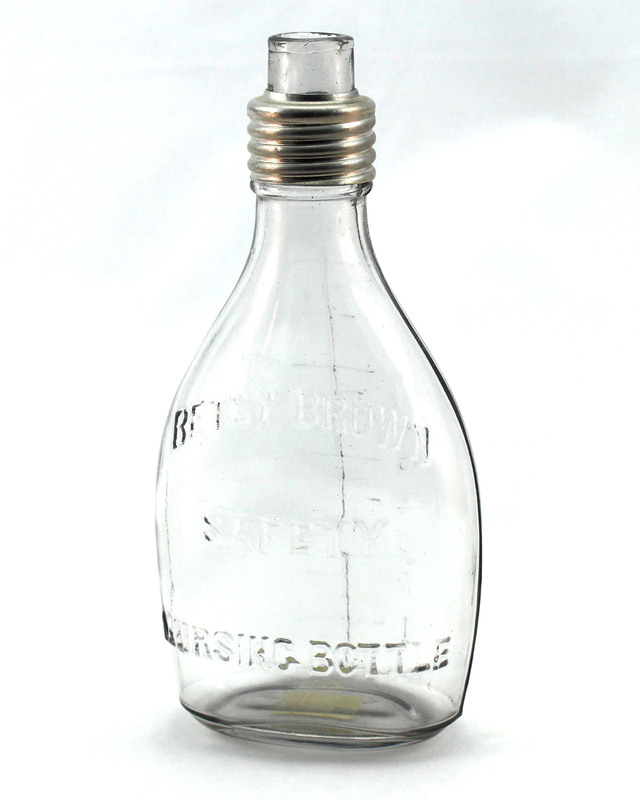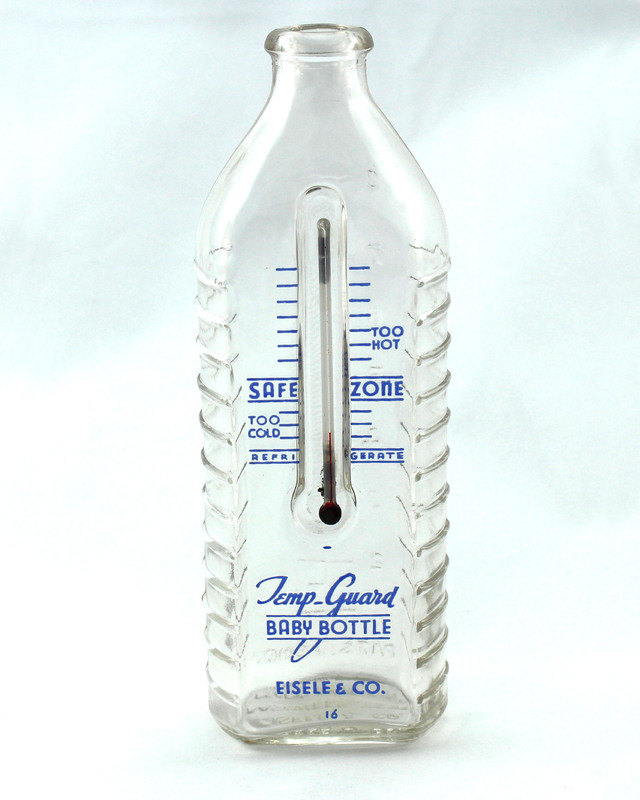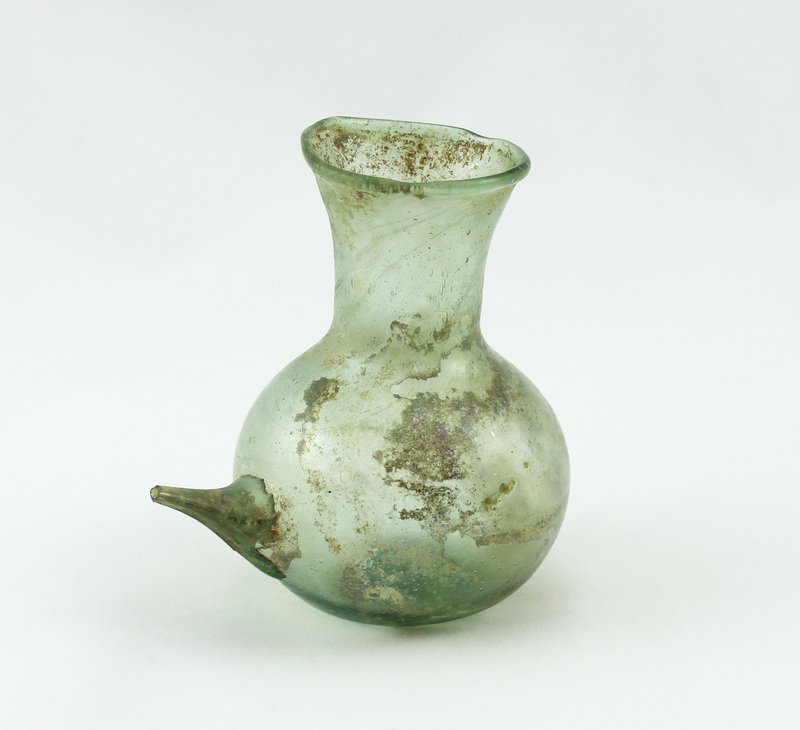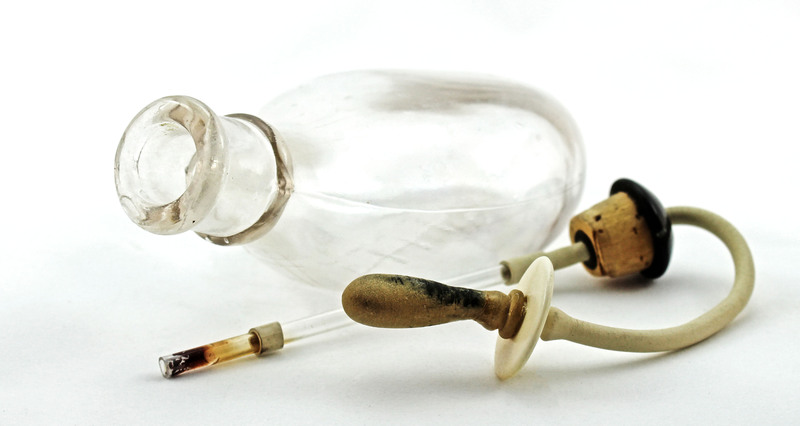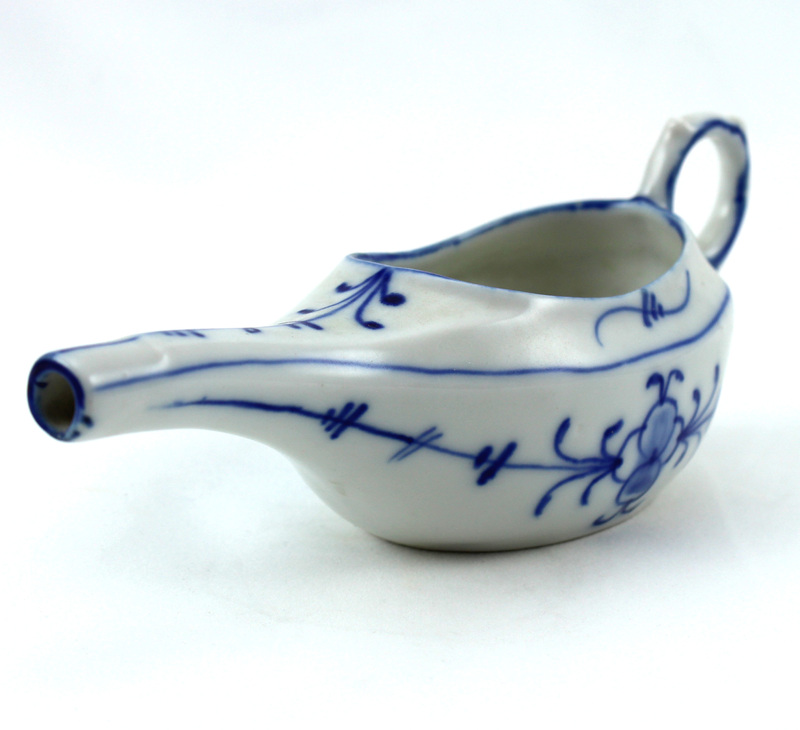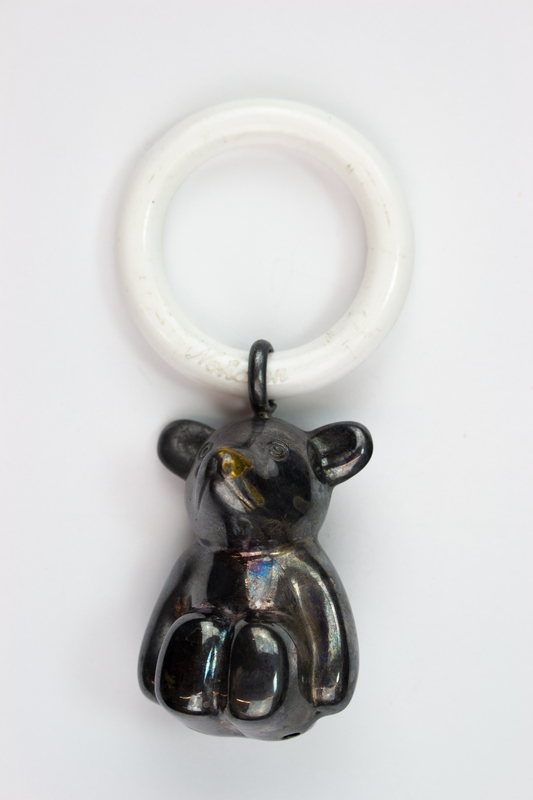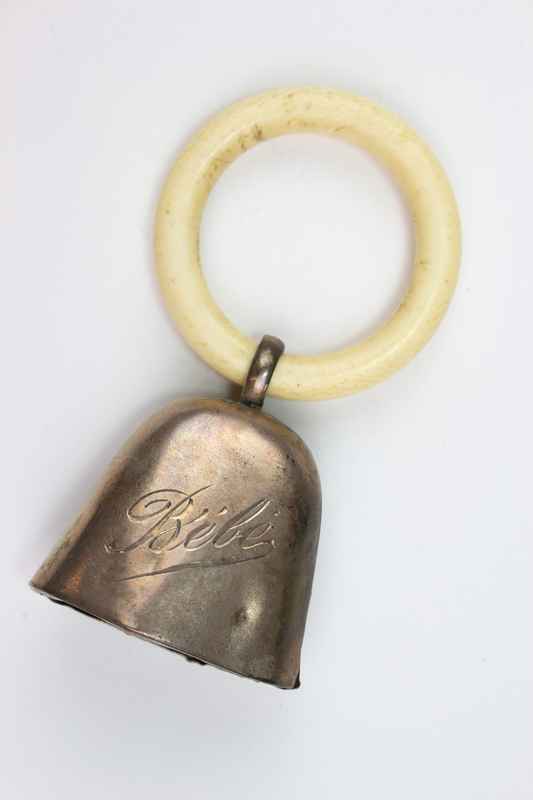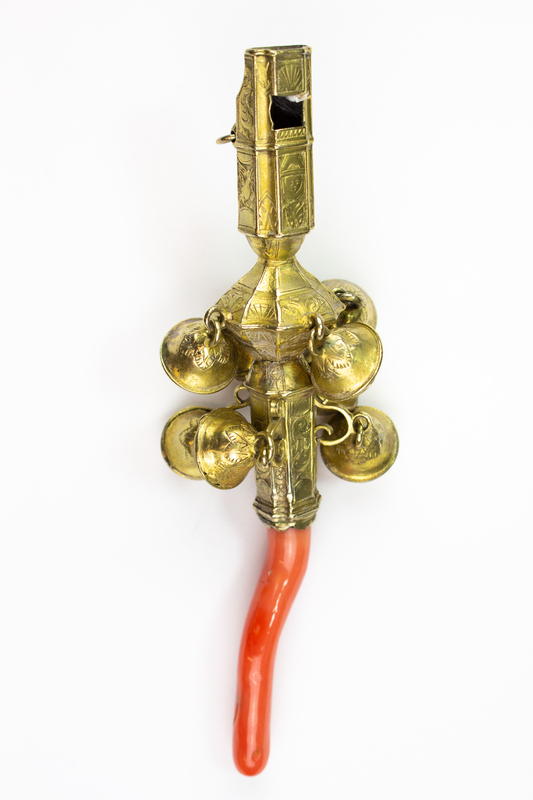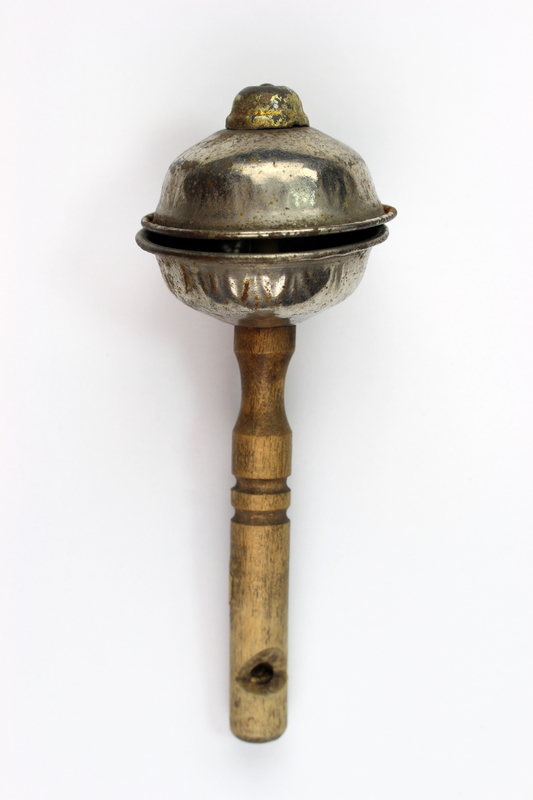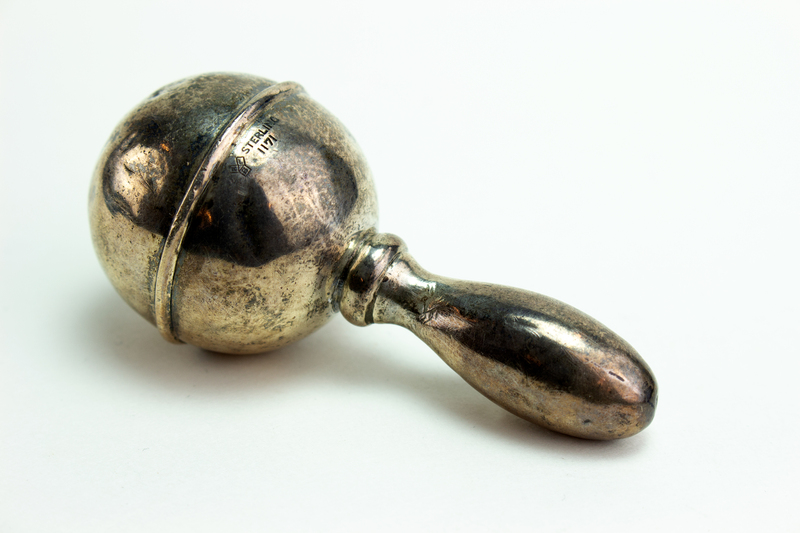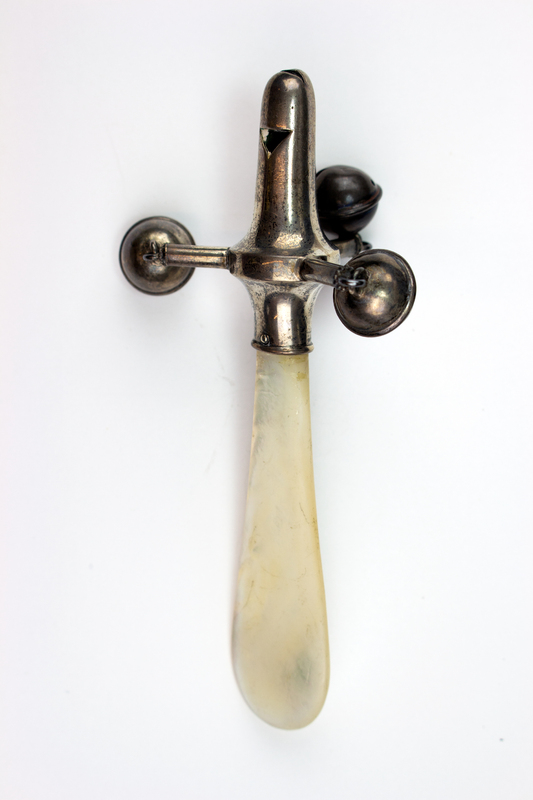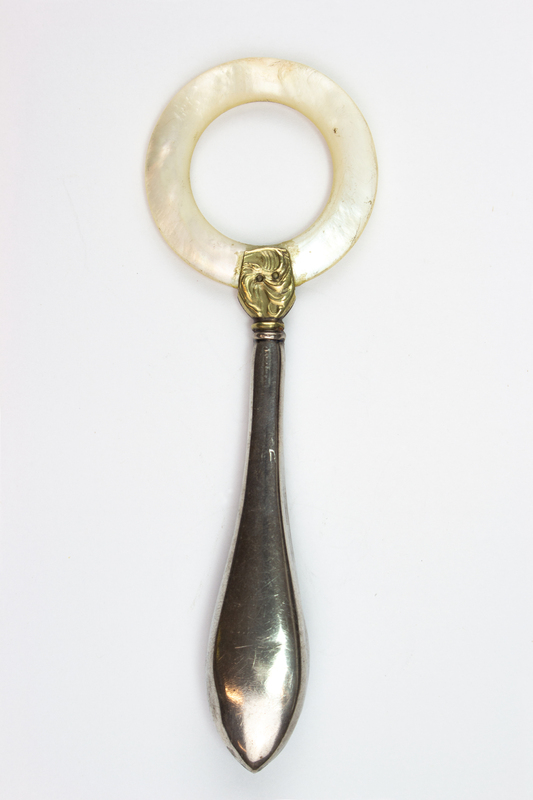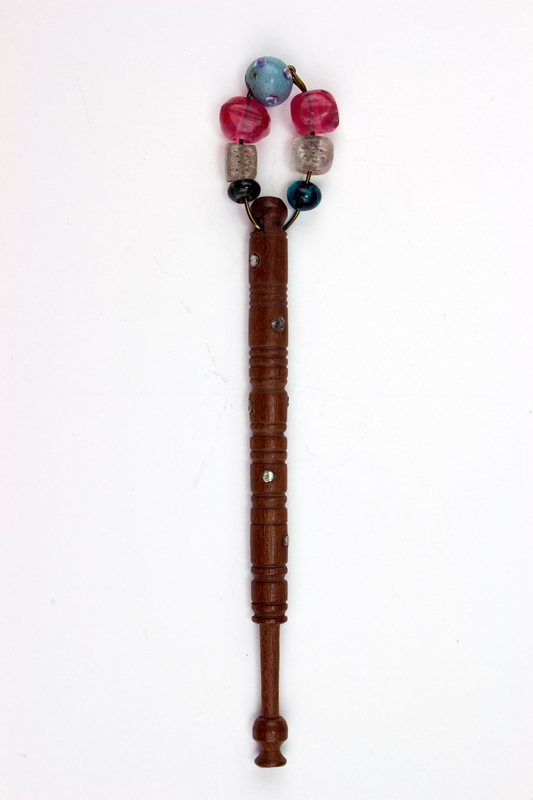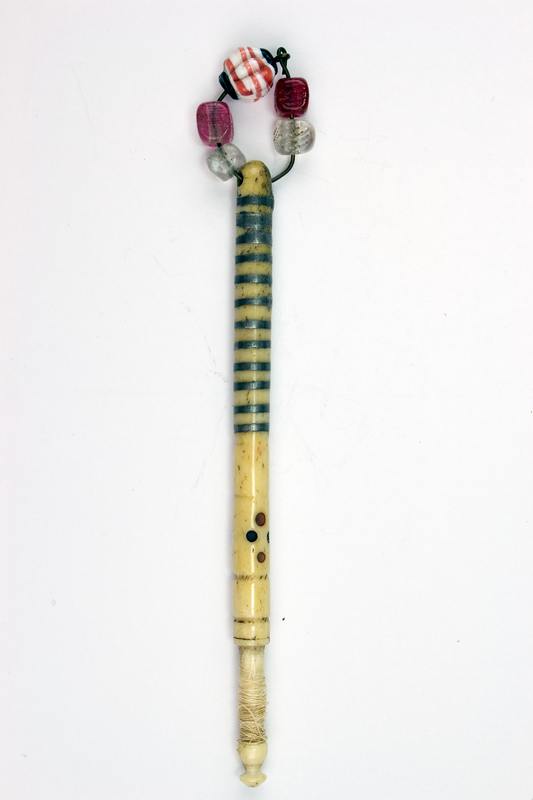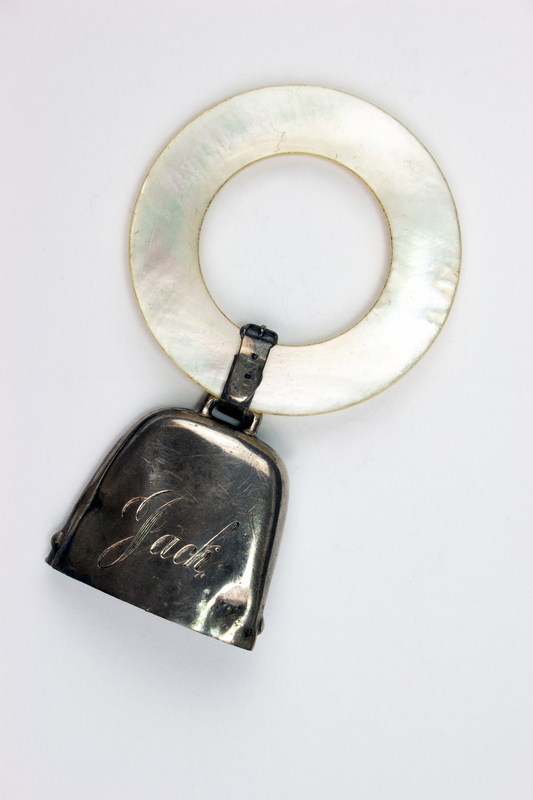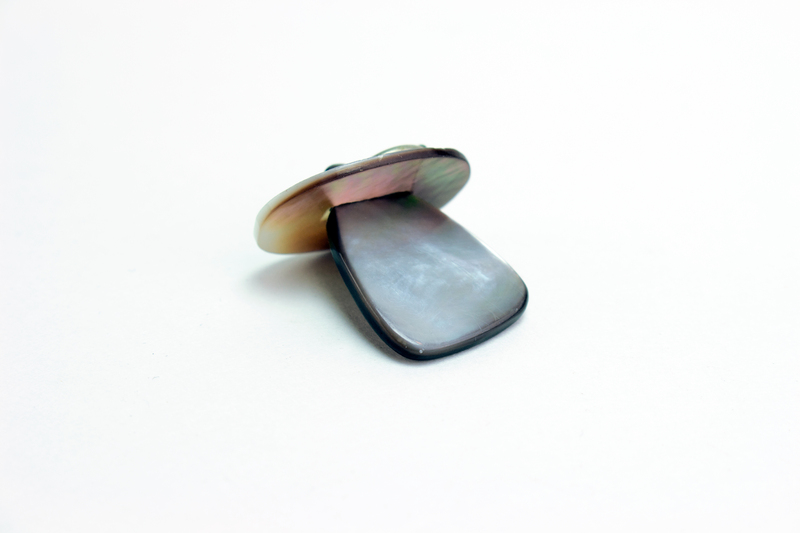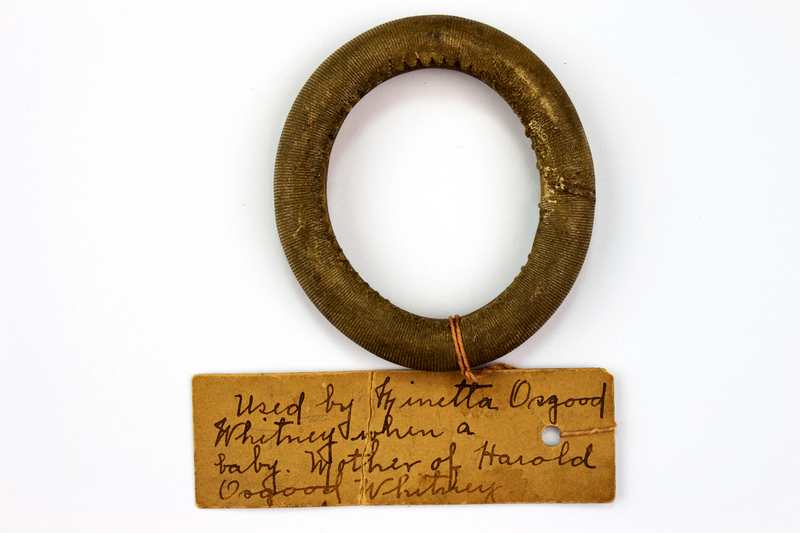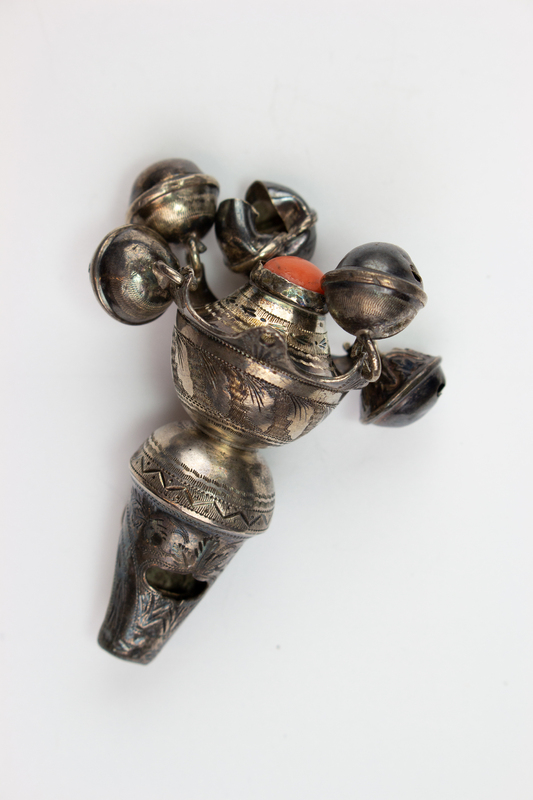Marion E. Alberts, MD
Chief of Pediatrics and an Avid Collector of Infant Related Artifacts
Marion E. Alberts, MD, was born in 1923 in Hastings, Nebraska. A World War II Navy veteran, he graduated from the University of Nebraska College of Medicine in 1948. After completing his residency, Dr. Alberts set up his pediatric practice in Des Moines, Iowa. He served as Chief of Pediatrics at Mercy Hospital for 18 years and as scientific editor of Iowa Medicine for 27 years. He retired in 1988 and passed away in 2018.
Dr. Alberts' passion for caring for children inspired his extensive collection of infant feeders, rattles, and teethers. A portion of his collection was donated to the McGoogan Health Sciences Library Special Collections and Archives. The Alberts collection holds over 200 items spanning centuries. Alberts' archival collection contains his research and materials relating to his membership in the American Collectors of Infant Feeders.


